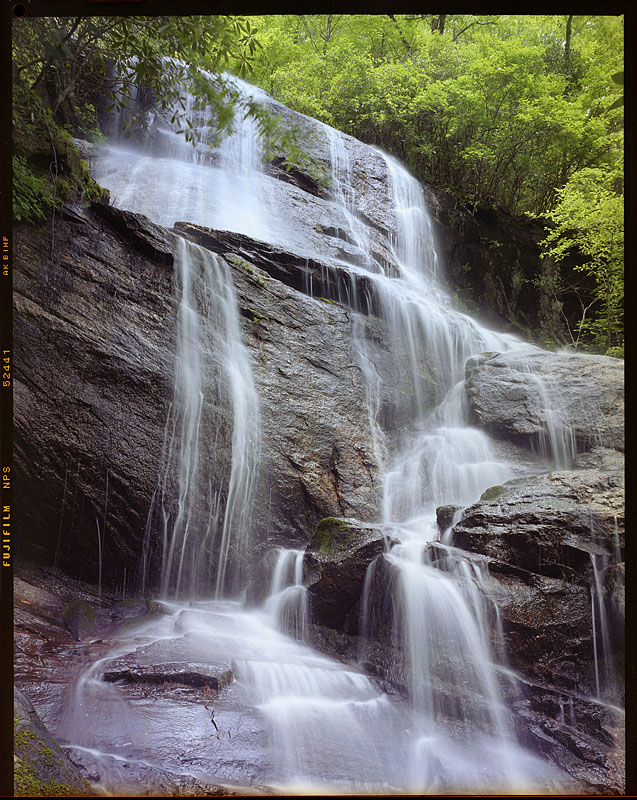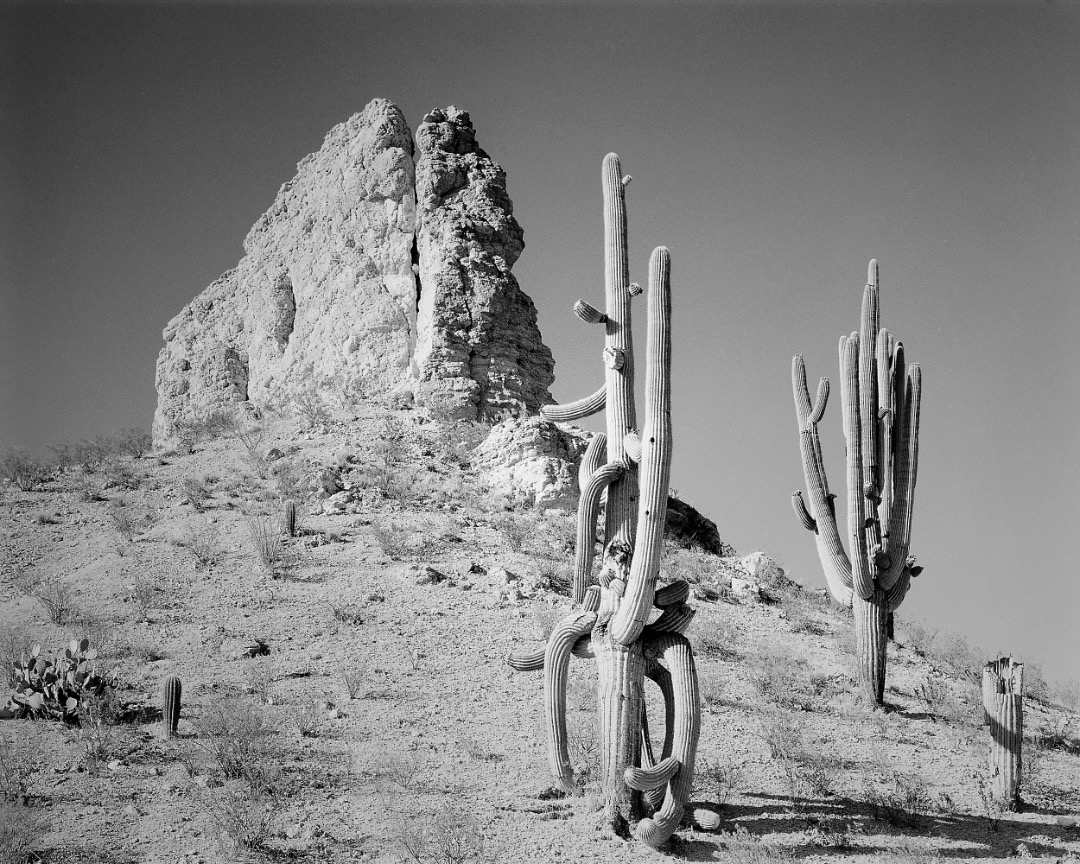It's an unused warehouse at the Richmond Shipyard in Richmond, CA. Here's another view
200515.2-2 by Michael Teresko, on Flickr
It's an unused warehouse at the Richmond Shipyard in Richmond, CA. Here's another view
200515.2-2 by Michael Teresko, on Flickr
A very historic building-- was part of the shipyard when they were knocking out Liberty Ships by the dozen during World War II. Part of the "Rosie the Riveter" historical park, and on the National Register.
Not often you find a genuine art deco warehouse.
Found a very old box of Fuji NPS in my freezer, so I loaded up my Kinematic and brought it along last time I was out hiking to test out. Seems to be in good shape. There's something about NPS that is very identifiable to me...something about the greens, which were really glowing in this scene.
Intrepid 4x5, Nikkor 90mm f/8, Fujifilm NPS 160:

Overdeveloped...but I like where I'm going with it. So I'm going to try it again
4x5, Fuji 180mm, Ilford Delta 100, red filter, 1+9 Ddx 50 minutes 1 min agitation + 3 rotations @ 25 minutes, 68 degrees. Water cooled by 2 frozen burritos a a frozen fish.

Laurent
Latest from me, made on Sunday afternoon and developed last night.
With the Rushes
Otmoor RSPB, Oxfordshire, England
Chamonix 810V, Rodenstock Apo-Sironar S 240mm f/5.6
Ilford FP4+ 8x10
½” f/45
15mm front fall, and lots of front tilt (possibly a bit too much in fact but in a bit of a hurry, but quite a tricky scene for focusing so I'm letting myself off)
Stearman SP810, Pyrocat HD 2:2:100, 15’36, 21ºC, N+1 development, TF-4 Fix, hypoclear, wash, Ilfotol rinse; darkened quite a bit in post.
Ha, crop/mat it as Whole Plate and nobody will ever know.Otherwise, you're providing me a lot of lessons in terms of focal length--coming from MF, my initial gravitation was toward the normal/tele end, but for what I'd consider "true" LF subjects, "wide" seems to provide the essential perspective.
Thanks lol. I cropped out about half an inch from the top because of an encroaching vignette: if I'd had more time I would have thought to use some rear tilt as well. But actually the focus is really ok I think. Yes, the uppermost last inch gets very soft, but that just emphasises what matters in the image I think.
Lens-wise, horses for courses I reckon. I started off with the holy trinity (150, 300, and 450 Nikkors); a natural thought was then a 600mm. But I actually don't do that much epic landscape work where I'd want compression, and haven't used the 450 lens as much as I thought I might. I've not so far encountered a subject where I needed one. I do though have images where something in the middle between normal and super wide is required.
The trick/issue with (modern) normal to wide-angles is of course coverage. If you want to be free to compose creatively with quite a lot of movements, then lenses get very big and very expensive very quickly!
PS as before, 5k XL size on Flickr! I like this one a lot and will probably post on my new portfolio website.
That should be a sight--I'll definitely check it out.
One more question if you're still on these comms: I'm impressed with how you're sifting the tonalities of the vegetation here, even without a contrast filter of some sort. Granted, you're rolling in that other Eden, demi-paradise and not the green hell of East Tennessee, but I was wondering if you carried, say, a #13 or 040 in your bag for some applications.
Frankly no. For B&W I don't really bother with filters except when I need a polariser or have a sky to contend with, where I might well use a yellow/orange or light red and/or a grad. For the majority of my efforts I'm very definitely a hybrid worker still doing quite a lot on the scans with curves in photoshop - curves layers are such an incredible tool for black and white. I also have no intention of getting an actual darkroom. Works for me so far.
With colour slide film though - which I haven't shot on large format for quite a while, though I'm seriously considering going back to it again - I do try to use colour correction filters on-camera because I want my slides to look as glorious as I can on the light panel; and grads are of course often essential. I have three Lee CC filters (81B, 85C, and #10 Magenta) for use with Velvia 50 alongside two different circular polarisers (one warming, one not). With colour slide I do try to edit in photoshop back to what the film looks like on the light panel, though increasingly I might also desaturate. The 81B filter is particularly useful in woodland where you might think of using the Lee landscape polariser (with built in 81A) but shutter speed ends up being too long. The Balnakailly Wood image in the trad landscapes section of my website was shot on Velvia 50 with an 81B warm-up.
Bookmarks